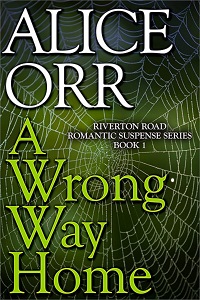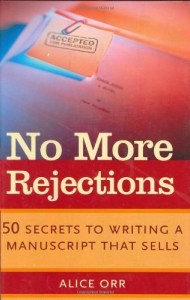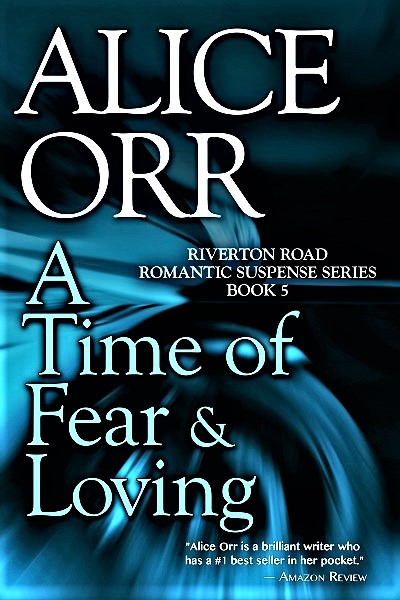Inspire Yourself to Inspire Your Story Characters. This is an Exercise. Go somewhere public. Sit down in a spot where you can take notes inconspicuously. Pick a person from the crowd whom you do not know personally. Do not overthink your choice. Trust the writerly instinct you surely possess that this person will be the right subject for this exercise.
Write Down Answers to the Questions Below. These are your observations and interpretations. Do not worry about the actual truth. Write fast. Free your imagination to fly while this complete stranger lifts you to the sky. Trust the storytelling magic you also surely possess. Enjoy the ride.

His Outward Physical Appearance. Study his face. His eyes, his mouth, his other features. How is he dressed? Describe his hair – its length, color, style. What do his clothes and hairdo suggest about his personality? What about him prompted him to make these particular choices? Take a guess.
Her Physical Actions. How does she move? Her walk.The way she holds and moves her limbs. The way she turns her head. What distinctive mannerisms does she display? What distinctive mannerisms can you imagine her displaying? Spread your wings wider. Invent some tics, visible hints at her inner nature, that offer insights into who she might be.
His External Extraordinariness. What is this person’s most significant physical feature? The thing in his appearance, and the way he carries himself in the world, that other people are not likely to forget. Feel free to invent what may only exist in your mind’s eye. Inspire Yourself to Inspire Your Story Characters.
Her Story. Your imagination is in full flight now. What does she want most in life? Make this the most crucial and urgent need she has ever experienced. Why does she desire this thing so much?
His Inner Character. Are the reasons for his needs and ardent desires admirable? Why are they admirable, or why are they not? Are his motivations logical? Do they make sense or not, and why? Are his needs mentally healthy, or are they deranged? How deranged is he? Again, you are imagining all of this for yourself on the fly. Do not clip your wings.

Her Fears. What does she dread and why? Imagine that she is running away from something. What is she trying to escape, and why? What, specifically, (events or persons) has caused her to be so worried, or even afraid? How will she decide what to do? What will that decision be?
His Predicament and Dilemma. What is at stake for him in this situation? What will happen to him if he fails to achieve what he desires and needs? What will happen to others he cares about? Make these possible consequences dire.
Her Obstacles. What will get in the way of her achieving what she desires and needs? Why are these forces or people determined that she should not succeed? What in her history with them has set them so adamantly against her? Make these obstacles formidable.
Your Experience. What is your emotional response to this person you have created, and why? What has it felt like for you to perform this exercise – this process of character invention and inspiration? How do you feel now at its completion?
Your Work. Most important, how can you adapt this person – this character of your creation – to fit into your own writing work? Preferably into the story you are currently writing, or the story you would most like to write next.

Meanwhile, You have Soared. You have inspired yourself to ride a bolt of imagination lightning powered by your own creativity rocket fuel. The accelerant you surely carry within you always. Feel free to fire up and take off into the stratosphere with every story you write. Inspire Yourself to Inspire Your Story Characters.
Alice Orr – You Possess Storytelling Magic. Keep on Writing Whatever May Occur. https://www.aliceorrbooks.com.
ASK ALICE Your Crucial Questions. What are you most eager to know – in your writing work and in your writer’s life? Ask your question in the Comments section at the end of this post.
Alice has published 16 novels, 3 novellas and a memoir so far. She wrote her nonfiction book No More Rejections: 50 Secrets to Writing a Manuscript that Sells as a gift to the writers’ community she loves. Her novel – A Wrong Way Home – Riverton Road Romantic Suspense Series Book 1 – is a free gift for you HERE.

Praise for A Wrong Way Home: “The story twists and turns masterfully into danger and romance.” “I highly recommend this page-turner which is romance and suspense at its best.” “The writing is exquisite.”
Look for all of Alice’s books HERE.
https://www.facebook.com/aliceorrwriter
http://twitter.com/AliceOrrBooks/
http://goodreads.com/aliceorr/
http://pinterest.com/aliceorrwriter/






